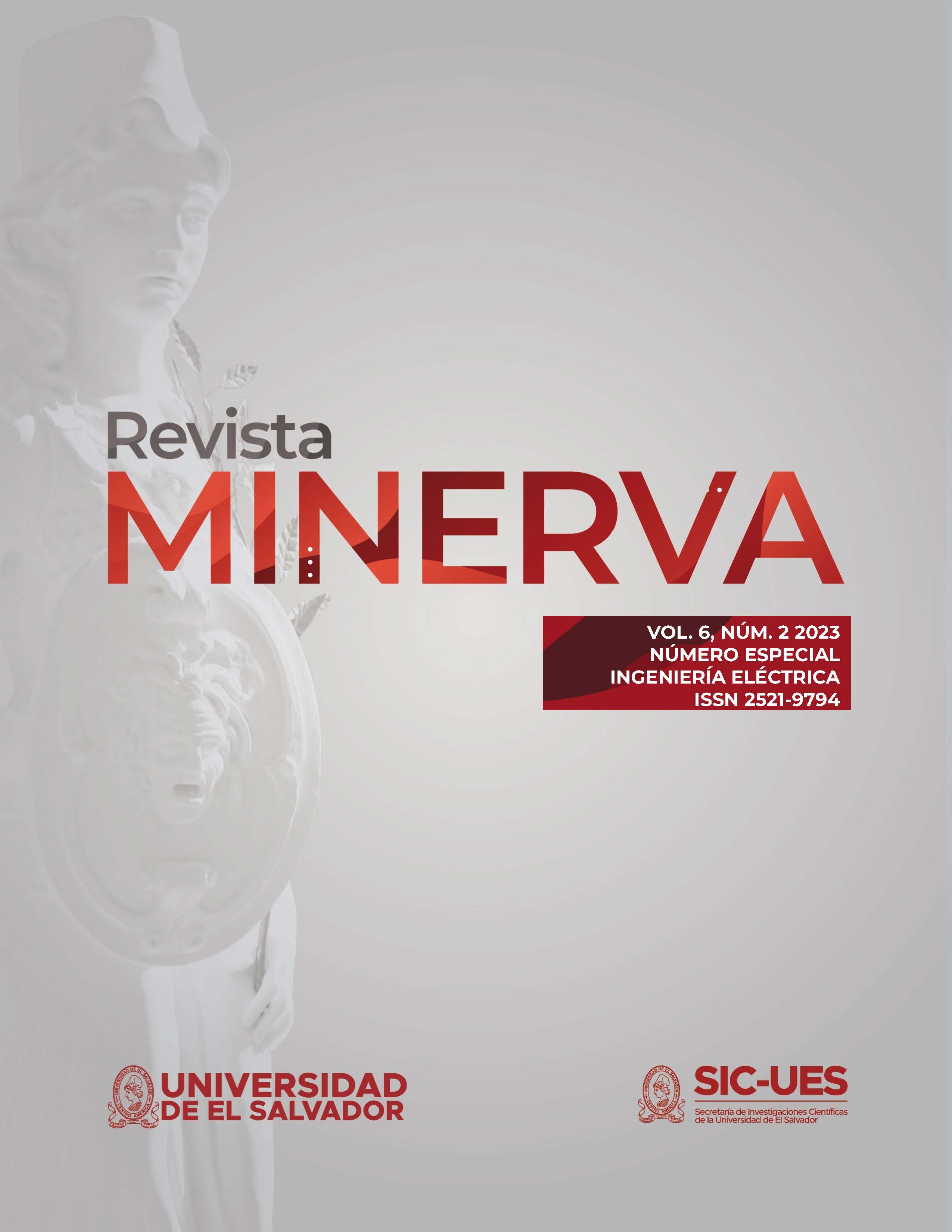Abstract
Voltage dips (also called sags) are one of the most common electrical phenomena existing in the electrical network, which consists of the reduction of the effective value of voltage for a short period of time. Since manufacturers of electrical and electronic equipment are required to have a certain tolerance to this electrical phenomenon, a device capable of generating voltage dips in a controlled manner outside the electrical network is required, to be able to carry out robustness and verify that the regulations that characterize the phenomenon such as SEMI-F47, CBEMA and the ITIC curve are complied with. Considering the above, a device was designed and built that can generate them, being capable of feeding a load that demands a considerable current using equipment with sufficient capacity to supply energy and having the option of establishing parameters such as the magnitude, time and speed of reading data using an intuitive graphical interface that was designed using LabVIEW. Even though there are small limitations that are mentioned in this article, they can even be neglected if one takes into consideration that the cost of this implementation is up to six times cheaper than the cheapest commercial option on the market. The device can be used for devices that demand 1 kVA.
References
DRANETZ. (2005). PowerGuide® 4400 USER’S GUIDE.
Dugan, R. C., McGranaghan, M. F., Santoso, S., & Beaty, H. W. (2002). Electrical Power Systems Quality (Second). McGraw-Hill.
emcsosin. (2021). Single phase 10A cycle drop generator VDT S10.
Horowitz, P., & Hill, W. (2015). The art of electronics (3rd ed.). Cambridge University Press.
IEEE. (2019). 1159-2019 - IEEE Recommended Practice for Monitoring Electric Power Quality | IEEE Standard | IEEE Xplore. IEEE Std 1159-2019.
Information Technology Industry Council (ITIC). (2000). ITIC (CBEMA) curve application note.
International Electrotechnical Commission. (2017). Electromagnetic compatibility (EMC) – Part 4-11: Testing and measurement techniques – Voltage dips, short interruptions and voltage variations immunity tests. International Standard, 1.
Ma, Y., & Karady, G. G. (2008). A single-phase voltage sag generator for testing electrical equipments. Transmission and Distribution Exposition Conference: 2008 IEEE PES Powering Toward the Future, PIMS 2008. https://doi.org/10.1109/TDC.2008.4517185
National Instruments. (2008). User Guide and Specifications: USB-6008/6009. System, 1–32. https://doi.org/371303L-01 May08
SEMI. (2006). Specification for Semiconductor Processing Equipment Voltage Sag Immunity. SEMI F47-0706.
Senturk, O. S., & Hava, A. M. (2010). A simple sag generator using SSRs. 2010 IEEE Energy Conversion Congress and Exposition, ECCE 2010 - Proceedings. https://doi.org/10.1109/ECCE.2010.5618292
Tan, R. H. G., & Ramachandaramurthy, V. K. (2015). A Comprehensive Modeling and Simulation of Power Quality Disturbances Using MATLAB/SIMULINK. In Power Quality Issues in Distributed Generation. https://doi.org/10.5772/61209
Yang, Y., Blaabjerg, F., & Zou, Z. (2012). Benchmarking of voltage sag generators. IECON Proceedings. https://doi.org/10.1109/IECON.2012.6389164

This work is licensed under a Creative Commons Attribution 4.0 International License.
Copyright (c) 2023 Authors who publish in Revista Minerva agree to the following terms: Authors continue as owners of their work, assigning only dissemination rights to Minerva Magazine under the standards of the Creative Commons Attribution 4.0 International License (CC BY 4.0). This license allows others to mix, adapt and build upon the work for any purpose, including commercially, and although new works must also acknowledge the initial author, they do not have to license derivative works under the same terms.




